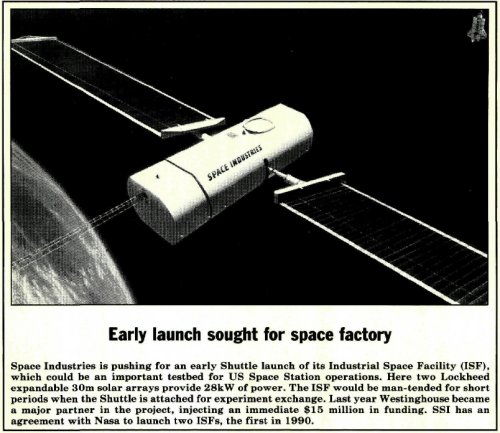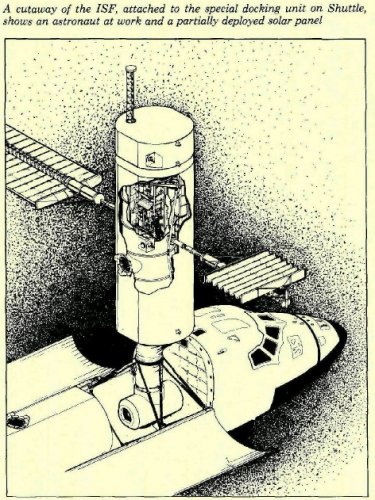- Joined
- 29 September 2006
- Messages
- 1,661
- Reaction score
- 1,113
The Industrial Space Facility, a stillborn attempt at a commercial man-tended space station from the 80's, courtesy of Flight. Part of the 'microgravity boom', which still doesn't seem to have arrived yet. :-[
Starviking
References:
 www.astronautix.com
www.astronautix.com
Starviking
References:





